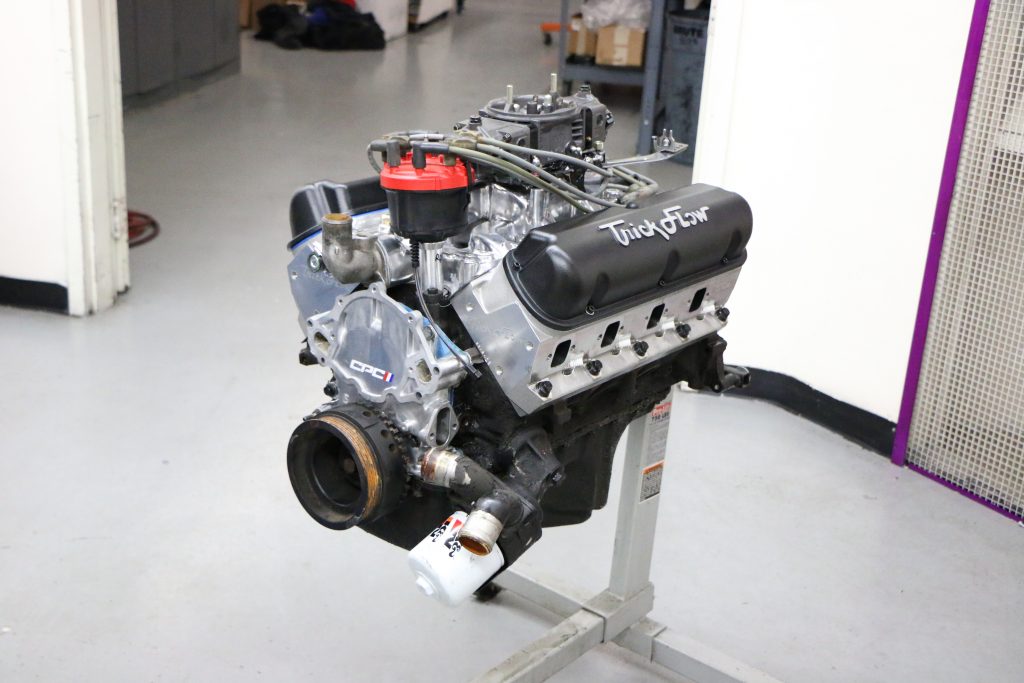
To start things off, head on over to your local junkyard and snatch up a fresh 5.0L Mustang engine.
…Wait, what’s that you say? This isn’t the late 1990s (or even early 2000s), and you can’t find any 5.0L Mustangs in the junkyard?
Truth be told, it is harder and harder to find a complete (original) 5.0L Mustang in the yard from which to snatch said fresh 5.0L, but fear not, Mustangs aren’t the only source. Lucky for Ford fanatics, the fabulous 5.0L was used in a great many applications, including full-sized sedans, trucks, and SUVs. It is in the latter where we sourced our test mule, from the bay of a 5.0L Ford Explorer.
If you plan to replace all the top-end hardware anyway, like we did, you would be money ahead grabbing just the short block, but we started with a complete long block courtesy of our good friend Mark Sanchez. In fact, he had the complete motor, including the desirable (GT-40-style) Cobra/Explorer intake, but we opted to start this comparison as a carbureted combo.
The 5.0L Explorer mill is a good source not only as a starting point, but the GT-40 (or P) heads and Explorer intake make good (cheap) power when teamed with a simple cam and spring upgrade.
Testing the Ford 5.0L Explorer Engine’s Mild Upgrades
To prep our long block for testing, it obviously required some type of induction system. The idea for this test was to compare the stock Explorer GT-40 heads (ours was an early non-P headed version) and cam to the upgrade components offered by Trick Flow Specialties. In truth, Trick Flow also offers a complete top-end kit that includes their very efficient Track Heat upper and lower intake, but we opted to just run the heads and cam on this test. Look for another test on the complete package coming up.
The test components included a set of as-cast, Trick Flow Twisted Wedge heads, Stage 2 cam and 1.6-ratio roller rockers. To establish our baseline, the 5.0L Explorer was first equipped with a dual-plane intake. The dual-plane, high-rise was teamed with a Holley 650 XP carb, though a low-cost alternative would be a similar size from the Brawler series. The initial combo also featured an MSD distributor, 1-3/4-inch, long-tube headers with collector extensions and some fresh 5W-30 oil.
After dialing in the combination, with jetting and 35 degrees of total timing, the carbureted 5.0L Explorer motor produced peak numbers of 264 hp at 5,000 rpm and 316 lb.-ft. of torque at 3,800 rpm.
Testing the Ford Explorer 5.0L Engine After a Head & Cam Swap
Having established that the used 5.0L Explorer motor was indeed a runner, and getting our baseline power numbers, off came the dual-plane intake and carb to allow for the cam and head swap. We also pulled the valve covers to provide access to the rockers and pushrods, followed by the factory damper to allow access to the wimpy stock cam.
We removed the spider assembly and factory hydraulic roller lifters, though these would be reused with the new Trick Flow Track Max Stage 2 hydraulic roller camshaft. It was necessary to lower the oil pan slightly to facilitate removal of the front cover, but the dyno would reveal this was time well spent. The Stage 2 grind from Trick Flow featured a .542″/.563″ lift split, a 224/232-degree duration split and 112-degree lsa.
Prior to installation, the new Trick Flow cam received a liberal coating of assembly lube. In addition to the Track Max cam, Trick Flow also supplied a double roller timing chain (multi-index), a set of 1.6-ratio, aluminum roller rockers and a set of (6.70-inch) hardened pushrods, properly sized for the Twisted Wedge heads. We liked the fact that the kit also included a full gasket set (including Fel-Pro 1011-2 head gaskets) and ARP head studs.
The Twisted Wedge heads have a long history as a bolt-on power producer, but why do they work? Compared to the stock 5.0L E7TE cylinder heads, or even GT-40 Explorer heads, the 170cc Trick Flow heads featured more (or less) or everything.
First off, their lightweight aluminum construction meant the head swap netted a serious drop in weight over either of the factory iron heads. Now toss in their efficient Fast As Cast ports flowing near 250 cfm, a 2.02″/1.60″ valve package, and the legendary Twisted Wedge CNC-profiled combustion chambers and valve layout, and you have a winning combo.
It doesn’t take a rocket scientist to know that 250 cfm is going to work much better than the 160 cfm offered by stock 5.0L heads. We liked the fact that the revised valve angles and orientation increased piston-to-valve clearance (compared to similar valves on conventional inline heads) to allow more aggressive cam profiles with the stock pistons.
After the Trick Flow head, cam, and rocker upgrades, the modified 5.0L Explorer motor threw down peak numbers of 372 hp (at 6,300 rpm) and 356 lb.-ft. (at 4,200 rpm).
Though an extra 110 hp (measured peak to peak) was nothing to sneeze at, the airflow offered by the Trick Flow heads suggested they could support 500 hp on the right combination. Nothing like making an upgrade that has plenty of extra growth potential!
Carbureted 5.0L Explorer Stock Heads & Cam vs Trick Flow

What 5.0L owner wouldn’t want an extra 110 hp? That’s a serious chunk of change, but it all came as a simple package!
After running the stock 5.0L Explorer heads and cam with a dual plane intake, Holley carb, and MSD distributor, the near-stock SBF produced 264 hp at 5,000 rpm and 316 lb.-ft. of torque at 3,800 rpm. Things changed dramatically after we swapped on the Trick Flow Twisted Wedge heads, Stage 2 Track Max cam. and aluminum roller rockers, to the tune of 372 hp (at 6,300 rpm), and 356 lb.-ft. of torque (at 4,200 rpm).
We all live and breathe horsepower numbers (especially peak numbers), but the great thing about a well-designed combo is the extra torque (like 40 extra lb.-ft.). Even down at 3,100 rpm, the new combo improved torque production by 25 lb.-ft.
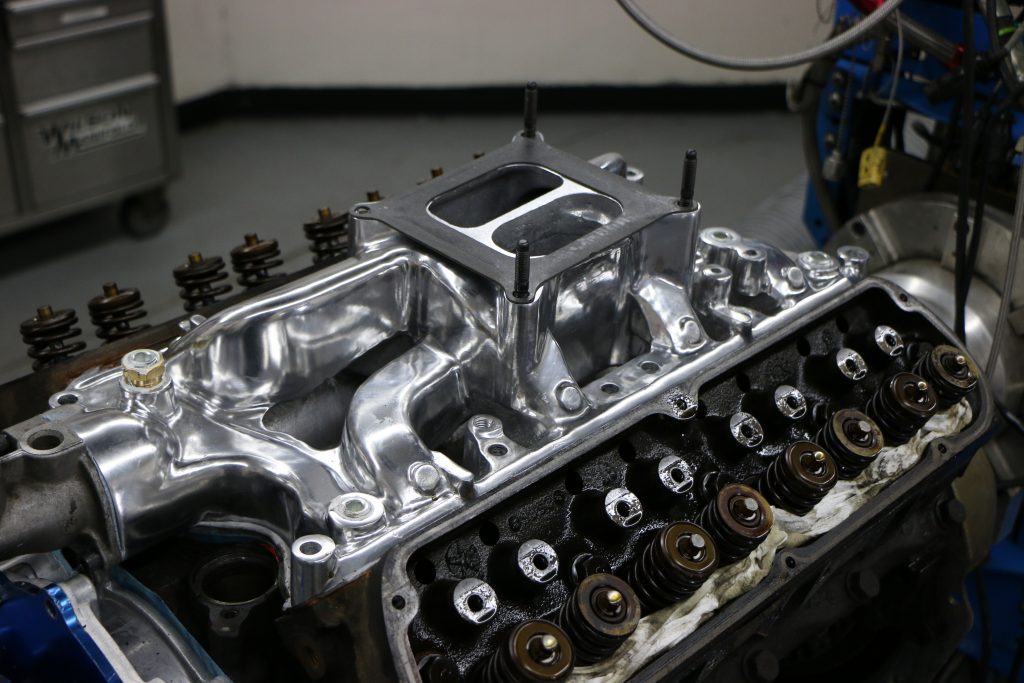
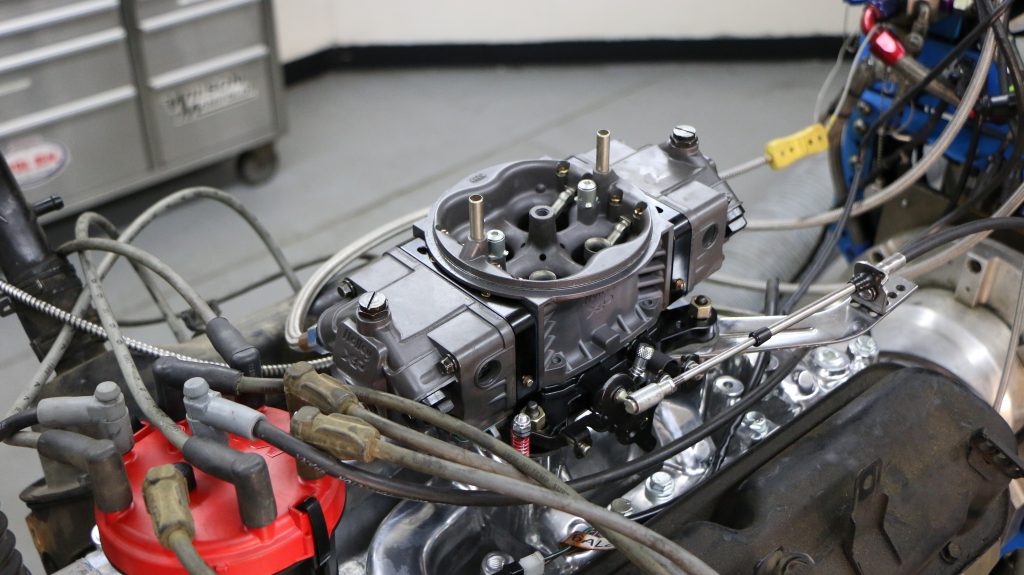
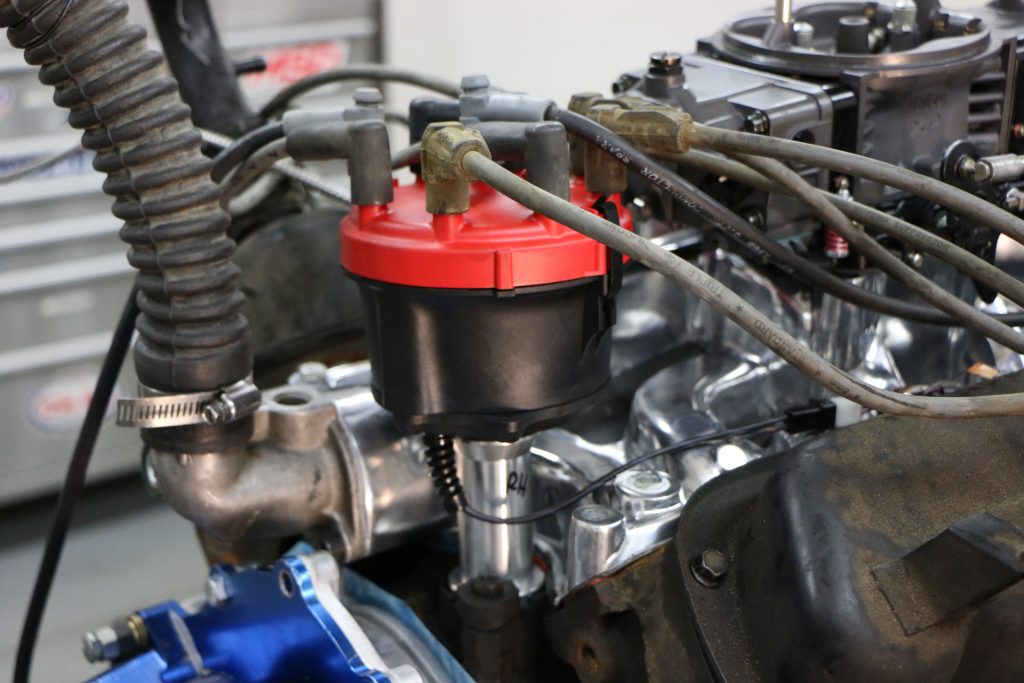
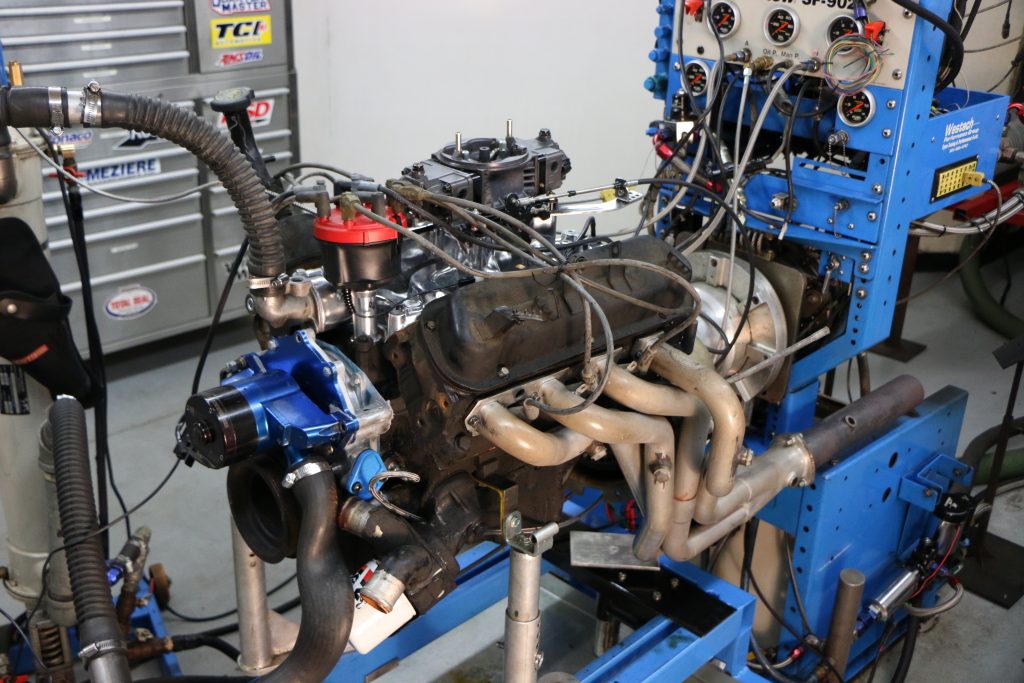
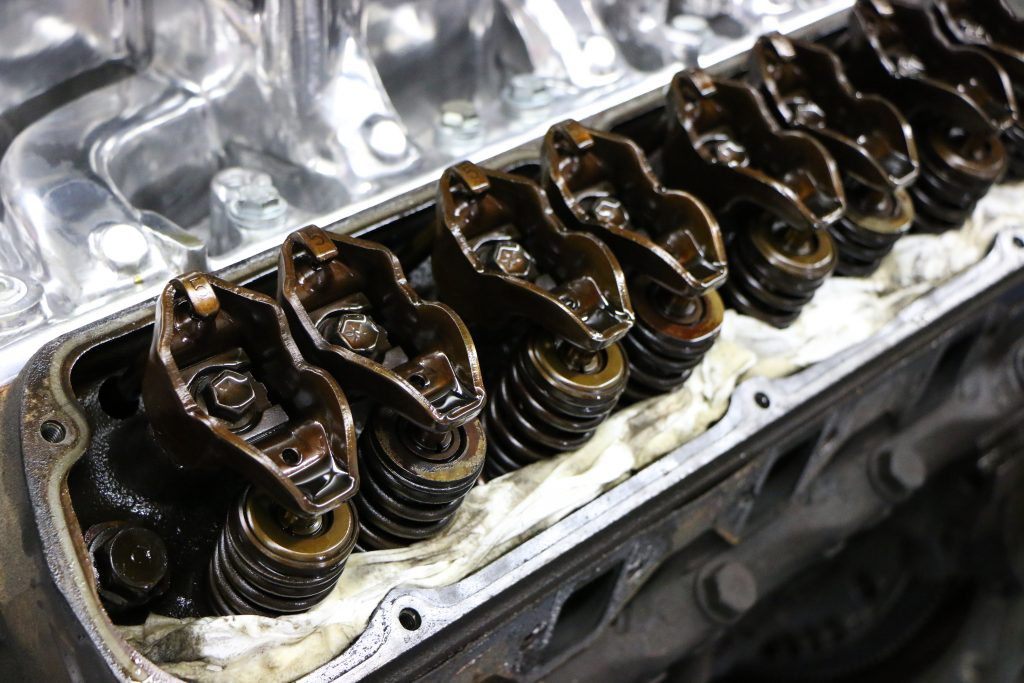
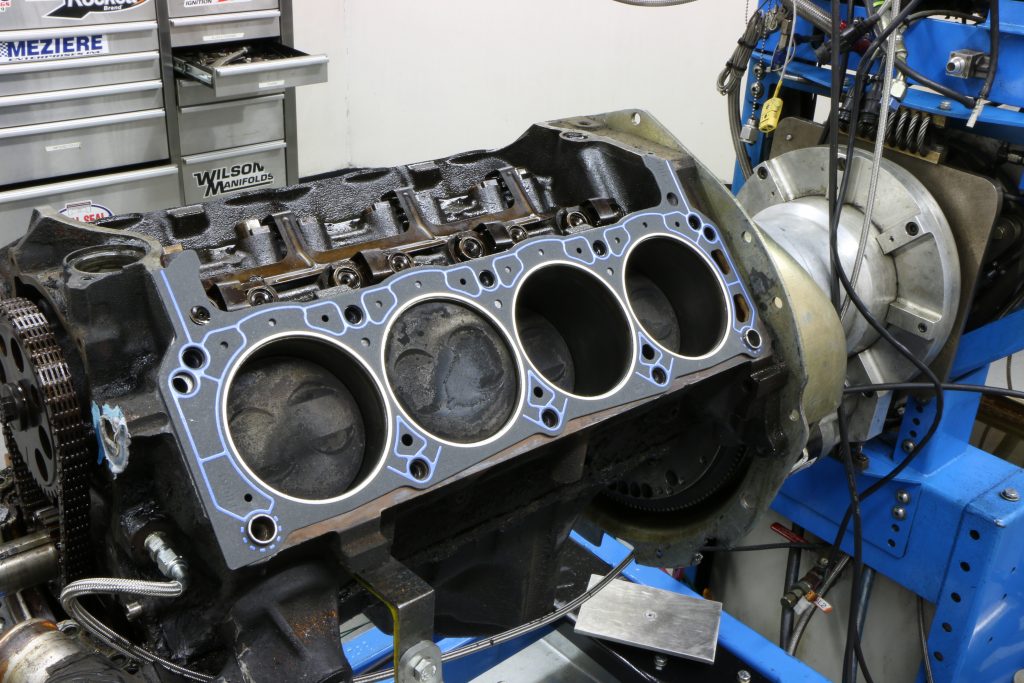
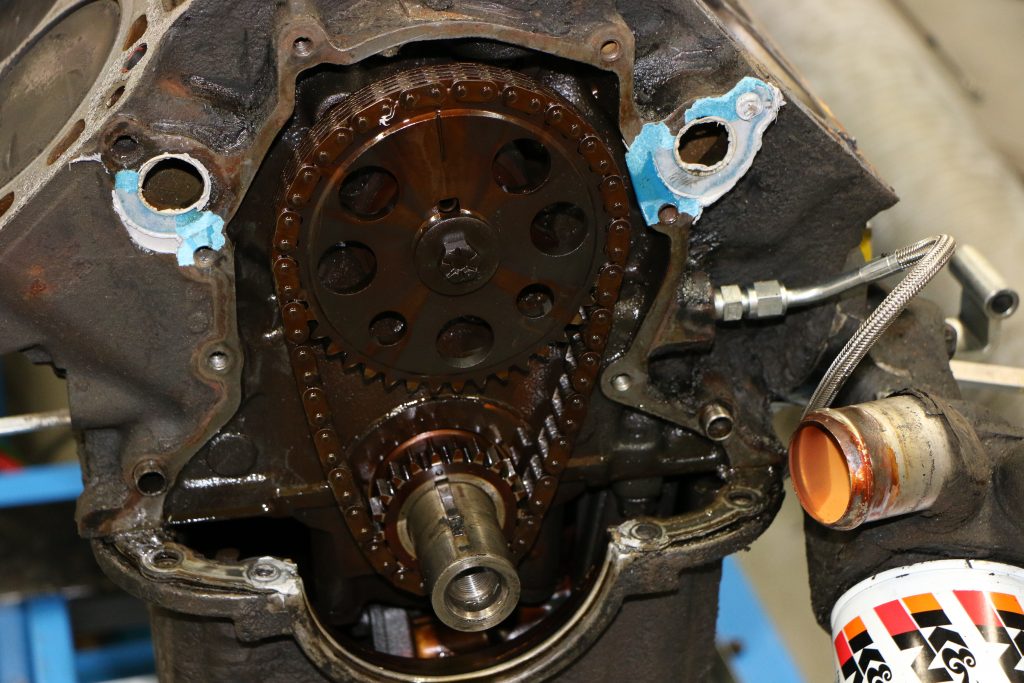
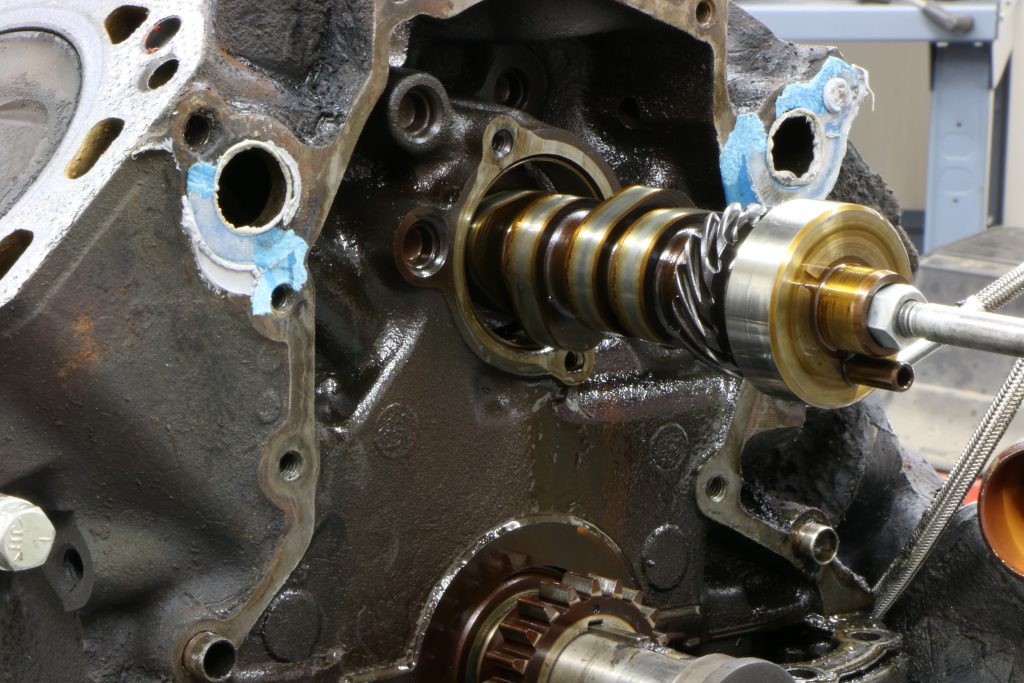
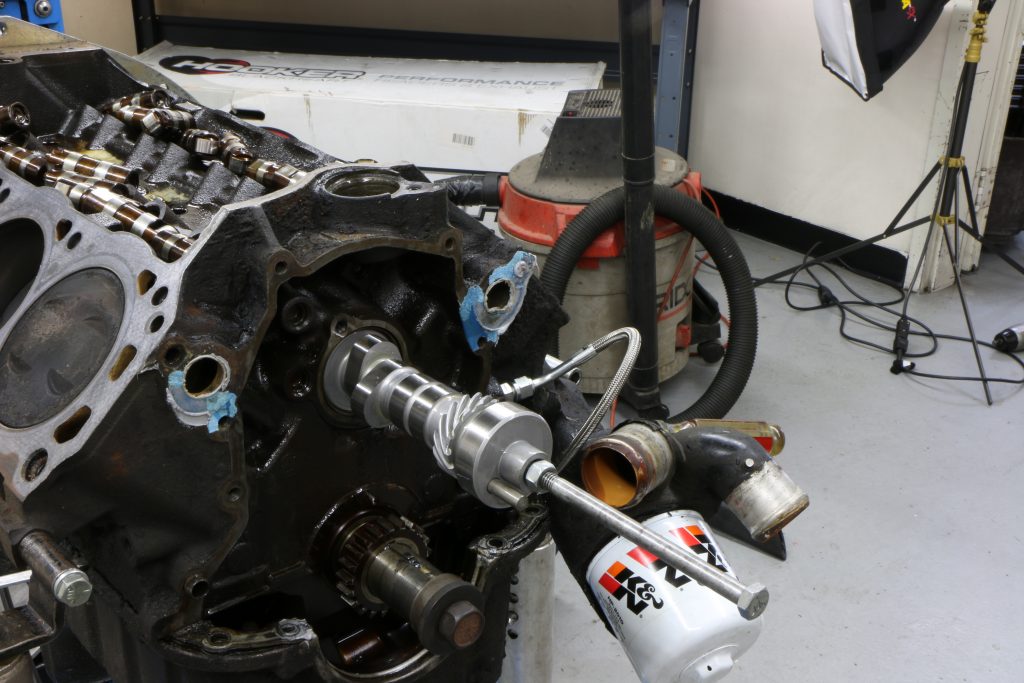
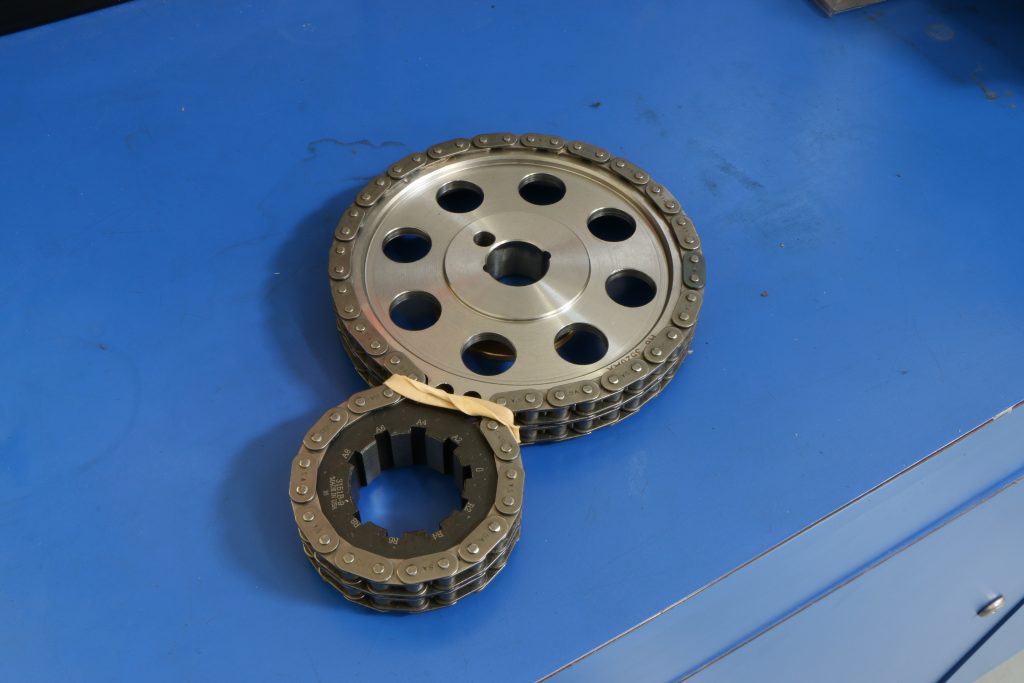
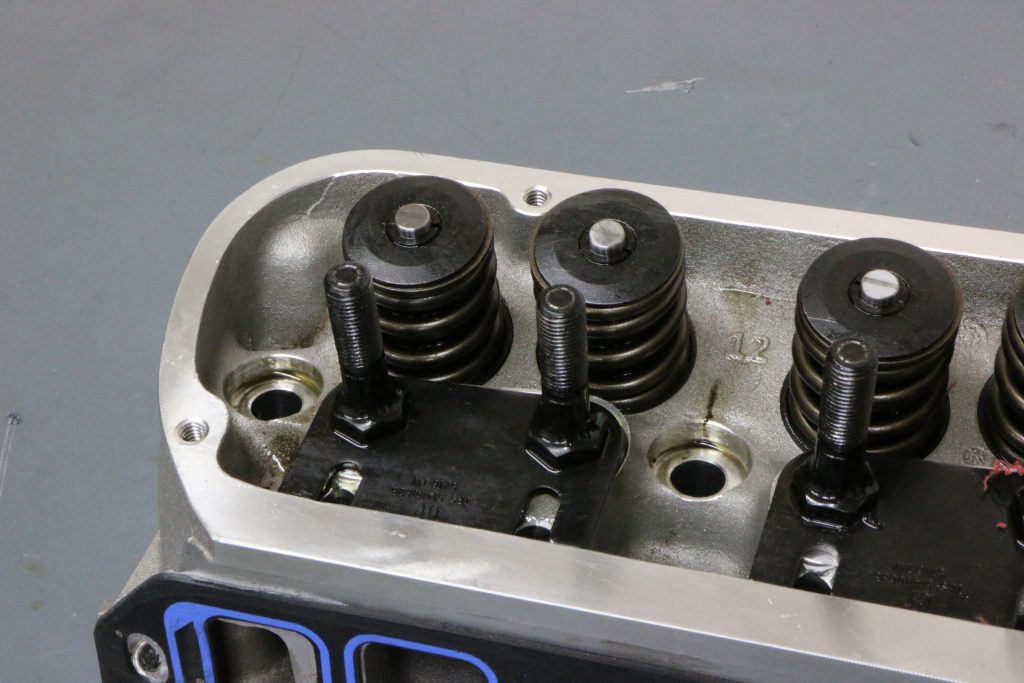
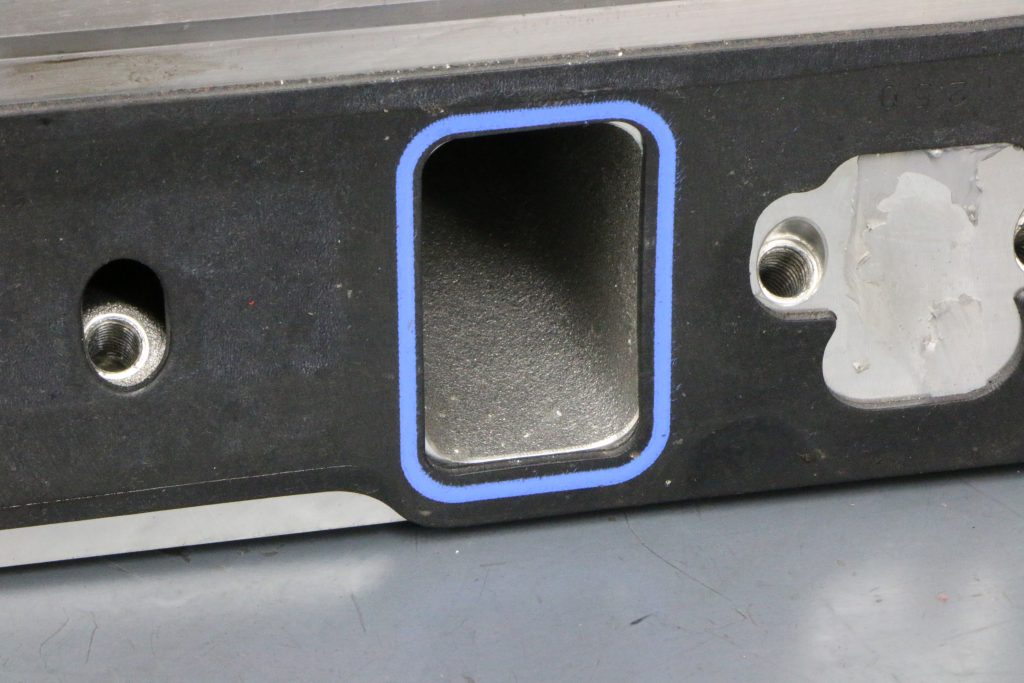
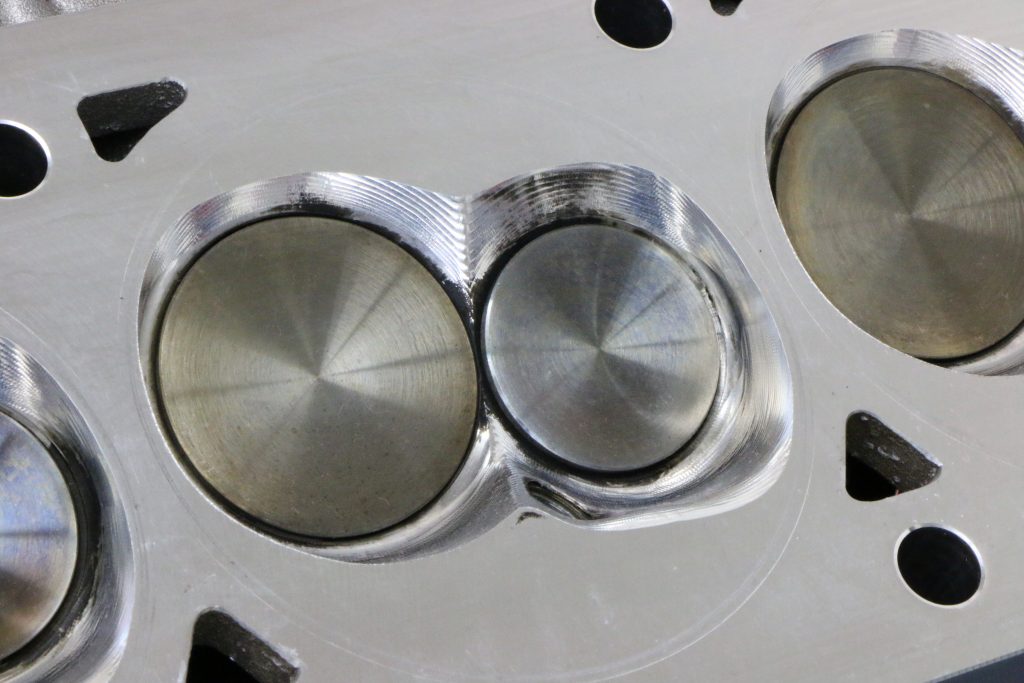
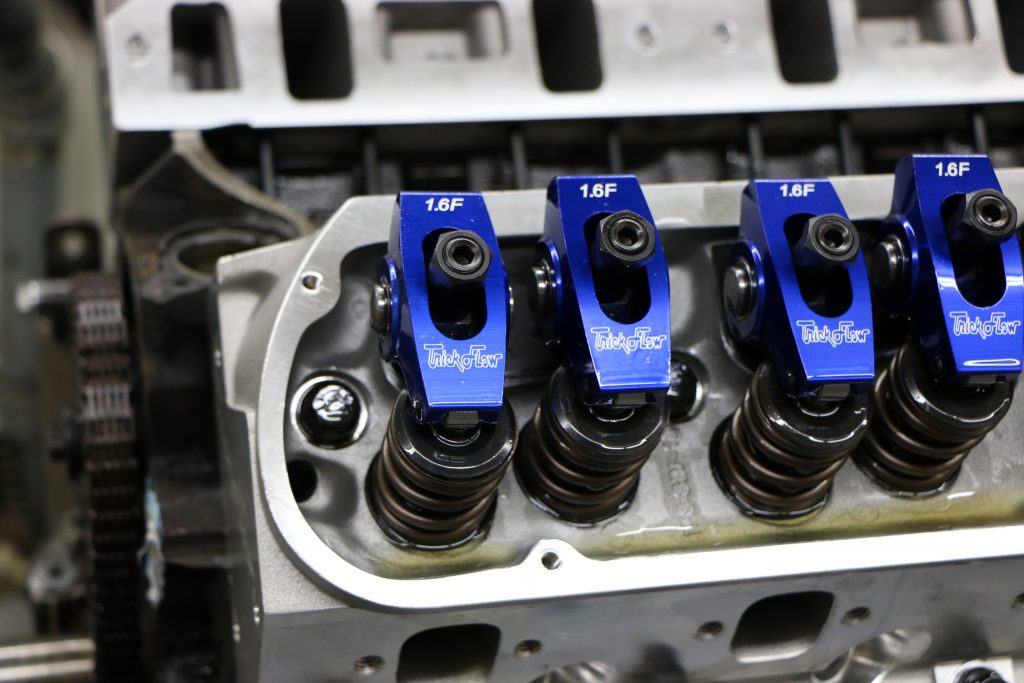
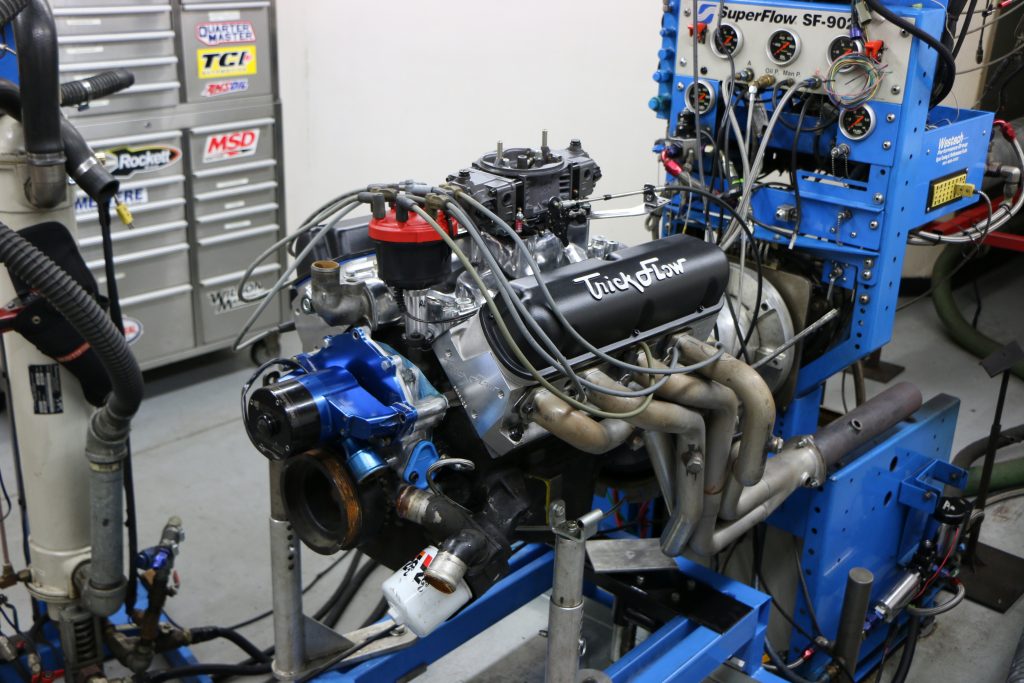

[…] To start things off, head on over to your local junkyard and snatch up a fresh 5.0L Mustang engine. …Wait, what’s that you say? This isn’t the late 1990s (or […] Read full article at http://www.onallcylinders.com […]
Interesting that the Trick Flow heads increased the valve to piston clearance even with higher lift cam plus longer duration and larger valve sizes. What was compression ratio after the new heads installed vs. stock?
Thanks for your question Gary,
Stock GT40P heads have a combustion chamber size of 58-61cc, offering a 9.0:1 compression ratio in the stock Explorer 5.0L engine.
The Twisted Wedge heads used on this application have a combustion chamber size of 58cc, maintaining the compression relatively close to stock or, at best, only raising compression slightly.
Trick flow also offers their 11R 170 CNC ported cylinder heads in two different combustion chamber sizes for Small Block Ford, a 53cc and a 63cc.
Using the 53cc heads on an Explorer short block would yield a 9.8:1 compression, and the 63cc head would produce an approximate 8.7:1 compression ratio.
Great job guys thanks for sharing
This is the kind of recipe I’m looking for to build my 351 Windsor. Can you help?